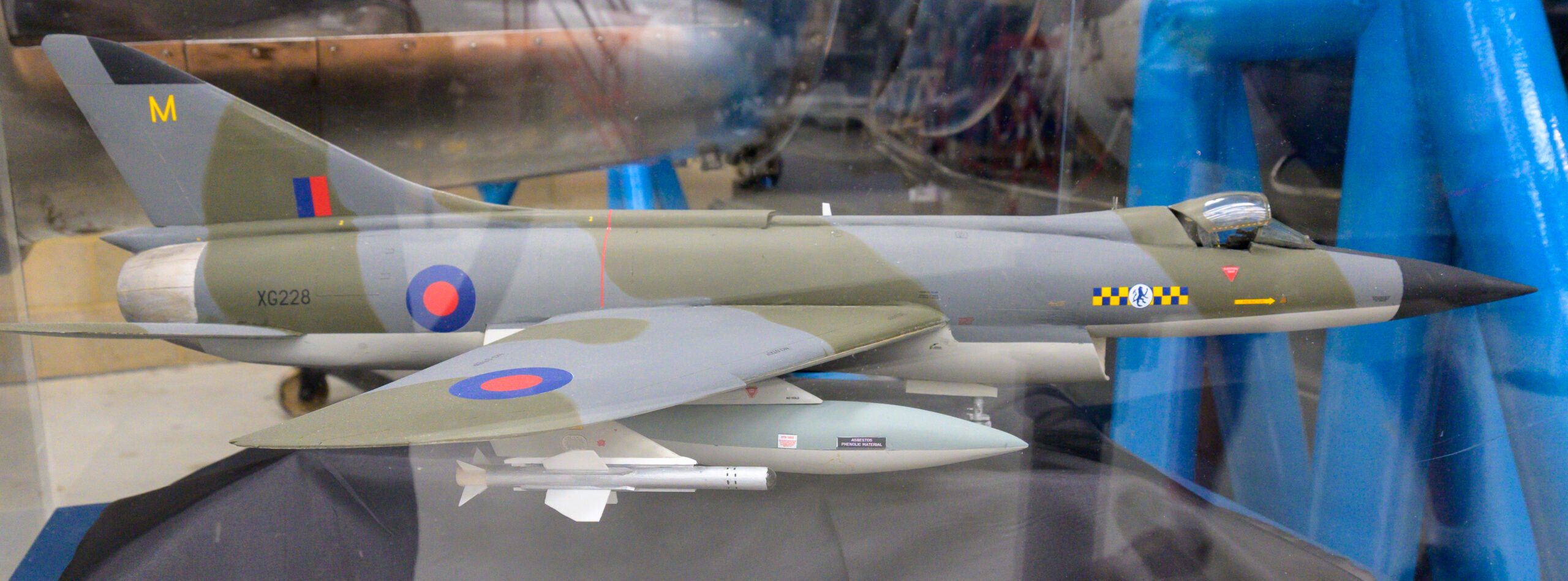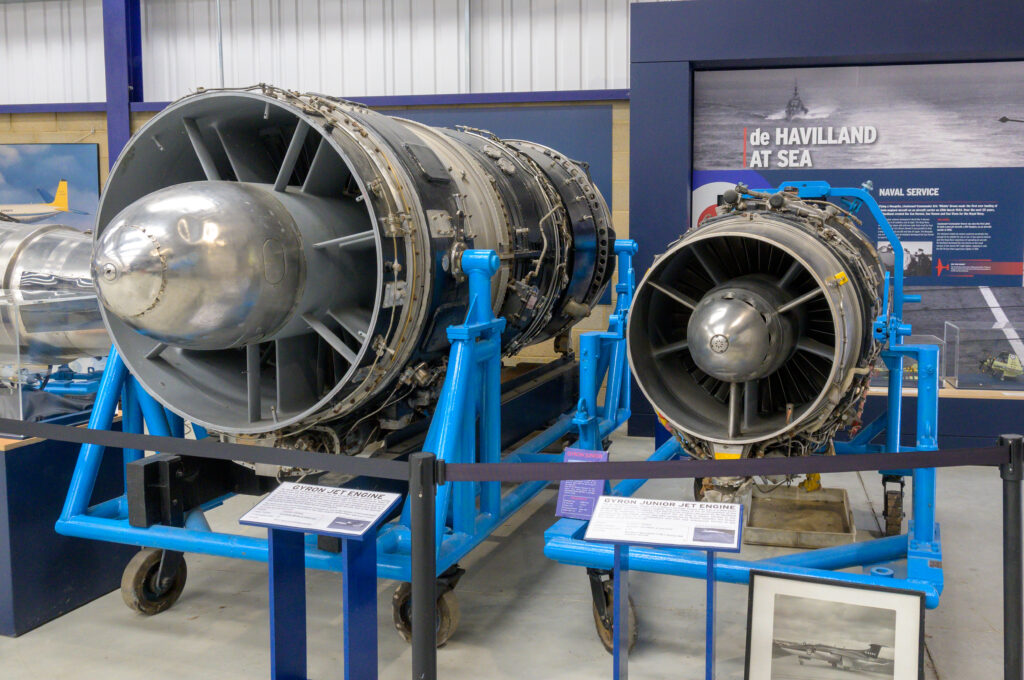I had a welcome surprise pop into my inbox the other day, “you’ve been paid” and for a change it wasn’t something I’d sold on eBay, but from book sales! Up to that point, Vol.1 had sold 71 copies apparently, which is about 70 more than I expected, but a long way to go before sales have covered costs for image rights, reference material, admission costs and travel.
I’ve also had some appreciative comments back from people I know who’ve read Vol.1 , “fascinating” from someone who’s not an aircraft buff was nice, “you’ve got all the aircraft in frame and not chopped bits off” from my ex-RAF mate who goes round taking photos of fire engines…. was also big compliment. Whilst “how do you know so much” was also nice but funny at the same time. Seeing as I’ve been reading about aircraft for 50 odd years, I’ve hopefully absorbed a bit, but it was amusing in that when you’re writing a book liable to be read by others with a love of minutiae shall we say, you have to be right with dates, figures and basically everything. As a result, I’d had what I thought I knew corrected by my research on numerous occasions. So every day really can be a school day.
Still no more news on Vol.2, though my rewrite is done and it’s time to go through the photos and make sure all the captions are correct, as well as ensuring where they sit in the text meets the words to pictures guidelines set by the publishers. However, what’s really bad about having time to go back through your work a few times is that it has a nasty habit of growing in volume. It has been handy in parts I admit, as I’ve managed to flesh out a couple of aircraft with more info than I had, but when you start adding more, especially when it’s already the longest chapter, not so good.
Recent movements between museums also meant I decided to add an addendum to Vol.1. at the end of Vol.2. One of these I really could have done with about 2 years earlier and it will also result in me making a trip back to Brooklands museum to see it! The Hawker P.1121 was never finished, work on a prototype had got as far as a most of the front end and engine intakes before it got cancelled in 1957 and the RAF Museum has had the remains hidden in storage for about 60 years! So the fact that it’s actually going to be restored and displayed, as opposed to scrapped which it would seem it escaped a few times, is excellent news. Why so you may ask? There’s an old adage in aircraft circles, “if it looks right, it is right” and this looked the business for 1957! It’s one that really should have been completed and flown, even though there was never an official order for it, just to see if it was as good as it both looked and performed anything like the specs on paper. If it had performed as expected, theres a good chance the whole shape of the RAF frontline after 1960 would have been totally different.

The photograph of the P.1121 model is from a trip I took back in July to the De Havilland Museum near London. Their connection to the aircraft is the engine, the De Havilland Gyron, which for a time was the most powerful turbojet built. The cancellation of the aircraft also led to the cancellation of. the engine as no other designs had it pencilled in as a powerplant. Its smaller offspring, the Gyron Junior powered the Mk.1 Buccaneer but it was drastically underpowered for the naval carrier role and fairly quickly replaced by the RR Spey in the Mk.2.

At the same time as finishing Vol.2 off, I’ve also been building a stock of reference material and links for, not so much a follow up, but lets say what’s looking like another one. I’d actually got more resources and references on hand than I thought I had, which has saved me time and money, whilst the new material hasn’t as yet cost the earth. I’ve also discovered a few places to visit for photos, which is a bonus as there’s liable to be big gaps in images across the subject in general. But what’s increasingly obvious is it will cost in time, lots of it, digging through it all and piecing the bits together to form the path to where I want to take it. It’s a good job winter is coming.
